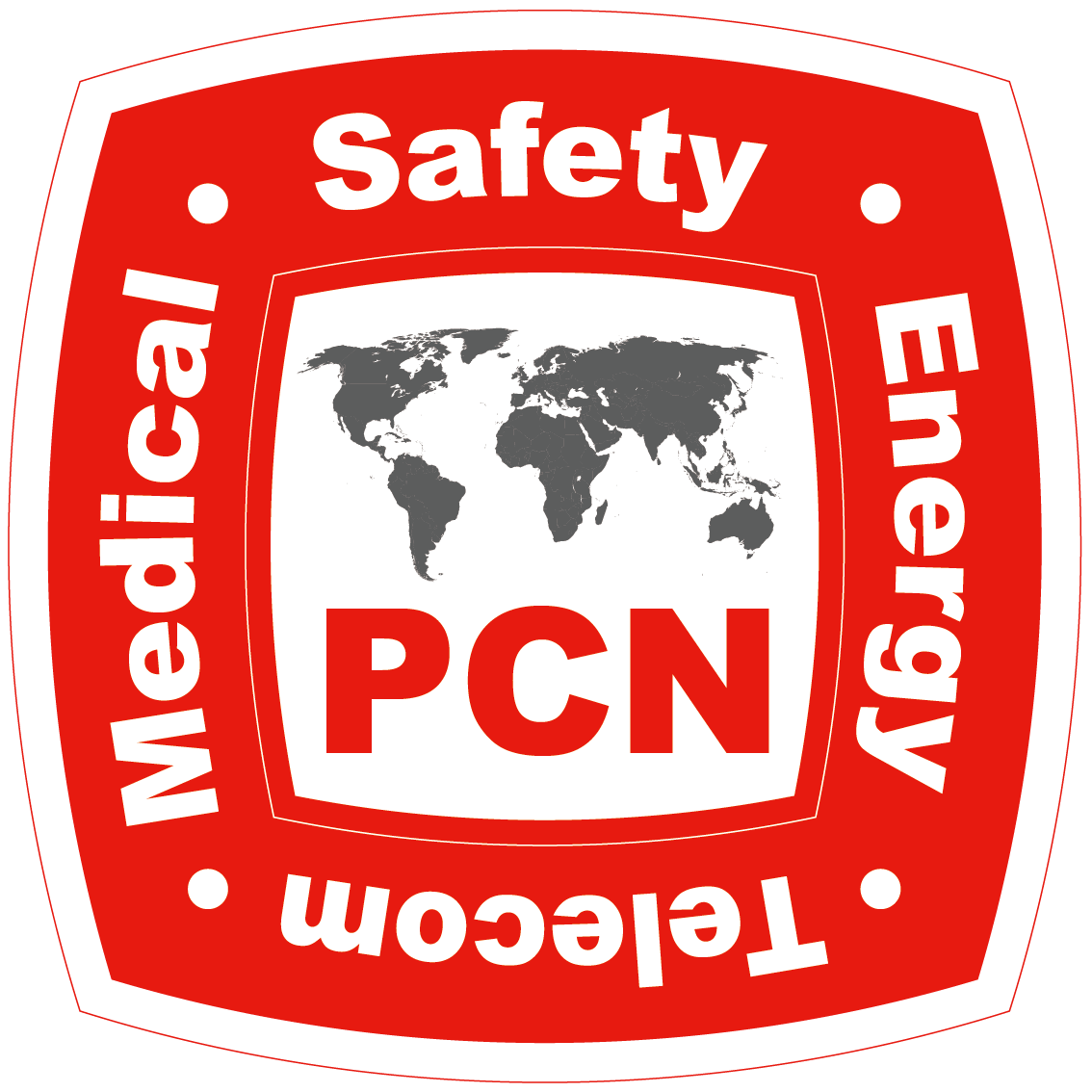Have you ever come across standards that have specific codes and acronyms next to the main number and wondered what they mean? These codes are essential to understanding the specificities and updates of the standards, ensuring that you are always using the most recent and appropriate version for your application.
The IEC (International Electrotechnical Commission) uses a naming convention that helps identify the different versions and amendments of the standards. Let's understand some of these terms:
Standard Number (IEC 60335-1): This is the main number of the standard, which indicates the general category and type of equipment to which the standard applies. For example, IEC 60335-1 refers to the safety of household appliances and similar electrical appliances.
Parts of the Standard (IEC 60335-2-6): When a standard has specific parts, this indicates that there are additional or particular requirements for certain types of appliances. For example, IEC 60335-2-6 deals with specific requirements for cookers, ovens and similar appliances.
Amendments (AMD): This is short for “Amendment.” When a standard is revised and updated, the update is published as an amendment. For example, “IEC 60335-1:2010 AMD2:2017” indicates that the original 2010 standard was amended for the second time in 2017. Amendments are essential to incorporate new safety requirements and respond to technological advances.
Corrections (COR): This is short for “Corrigendum.” If there are minor errors in the original standard, they are corrected and published as a corrigendum.
Substitute Documents (CSV): This stands for “Consolidated Version.” This document includes the original version of the standard along with all amendments published to date, consolidating everything into a single document.
Previews (PRV): This is short for "Preview". These documents provide a preliminary view of a new standard or amendment before its official publication.
Examples (EXV): This stands for "Examples". These documents include additional examples and practical guidance on how to apply the standard in real-world situations.
Comments (CMV): This is short for "Comments of Members". These documents contain comments and suggestions from IEC members on the standard in question.
Limited Revisions (RLV): This stands for "Redline Version". These are versions of the standards where the changes made in the amendments are highlighted, allowing users to easily see what has been changed.
Understanding these codes is essential to ensure that the correct version of the standard is used, ensuring compliance and safety of your products.
At PCN Latin America, we help our customers navigate the complex world of standards and certifications. Our goal is to ensure that all products meet the highest international standards, promoting impartiality, safety and confidence in the market.
For more details on the nomenclature of IEC standards, see https://lnkd.in/d2tKvjbn.
Read the full article: https://www.linkedin.com/posts/pcn-latin-america_naeqmero-eletrodomaezsticos-partes-activity-7276965326838202368-O9iE?utm_source=share&utm_medium=member_desktop










